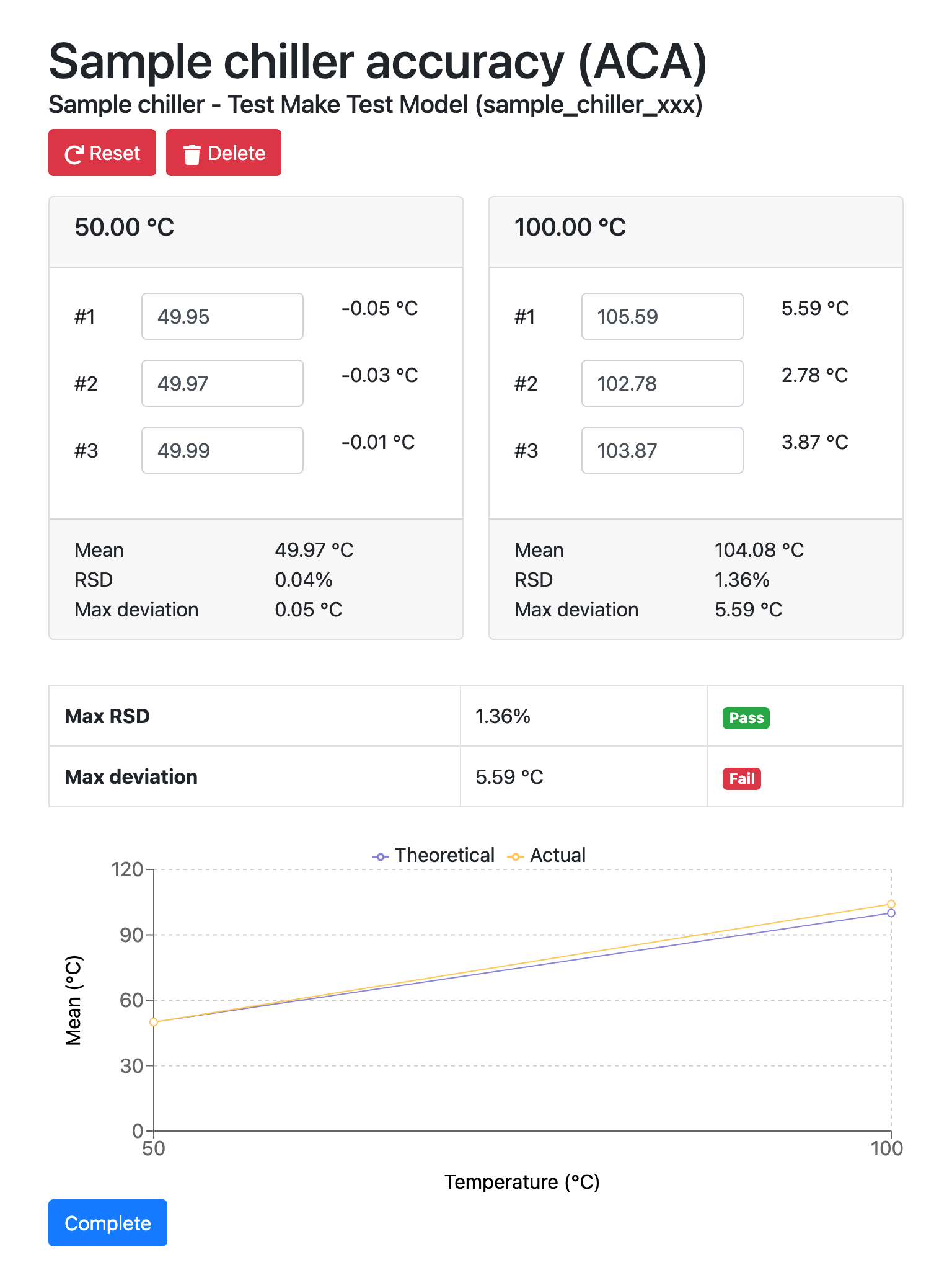Project outline: rebuilding the legacy software
Our client came to us with their pre-existing laptop-based software, used for performing tests and qualifications on scientific equipment.
The software was showing its age, having been developed a long time ago - "legacy software".
It had numerous problems, causing it to no longer be fit for purpose.
The main issues with the legacy software were:
- Becoming increasingly slower over time - this made it difficult for staff to carry out their job.
- Distributing the software was difficult - staff had to physically bring in their laptop for the IT team to install the software.
- Unable to easily deploy software updates - software updates could not be rolled out remotely.
- The software developers were unavailable - no updates to the software could be performed without them, meaning that critical issues go unaddressed and no new functionality could be developed.
- New developers would be difficult to find - due to the legacy technologies used, with fewer and fewer developers willing and able to work with them. They would also be rather expensive.
- Bugs and errors were present - such as errors in calculations, meaning the software was not usable in some cases.
- On-site server had increased risk of outage and data loss - maintaining a physical server can also be costly.
Our solution
We rebuilt the software as a web-based portal, meaning that the software could be accessed from any device without any prior installation.
Software updates can be deployed at will, meaning staff will always be running the latest version.
With cloud-based software, regular database backups can be taken and stored securely.
The risk of software outage can be lowered by scaling the software across several physical availability zones.
The new software itself has a much improved modern user interface (UI) and user experience (UX), allowing staff to carry out qualifications more efficiently.
Fine-grained access control was introduced to allow staff to have different levels of access to the data.
Delivering the new software
At time of writing, the software has recently been rolled out.
Staff are beginning to adopt the new software, with the feedback being very positive so far.
With the new software there are now plenty of opportunities for innovation, now that the shackles of the legacy software have been removed.
For example, a new customer-facing portal could be developed, with integrated payments, allowing for a self-checkout customer experience.
Due to the nature of the software, a great deal of domain knowledge was required to develop it, which we acquired throughout the course of the project.
We are now intimately familiar with the business and its processes, allowing us to act as a virtual head of technical - consulting on business processes.




